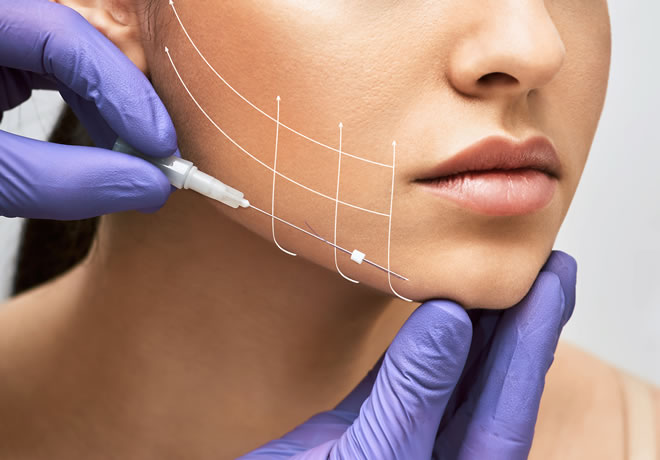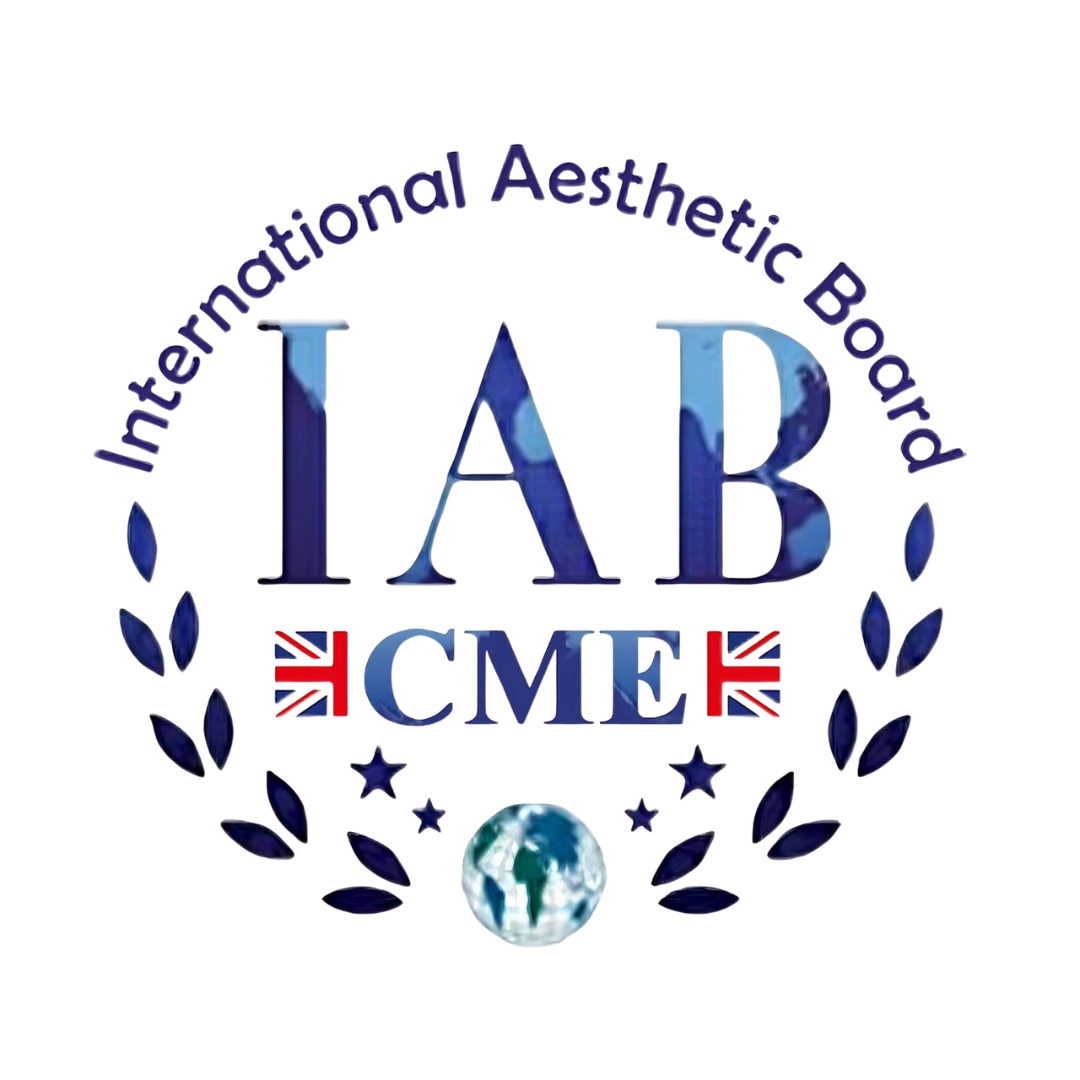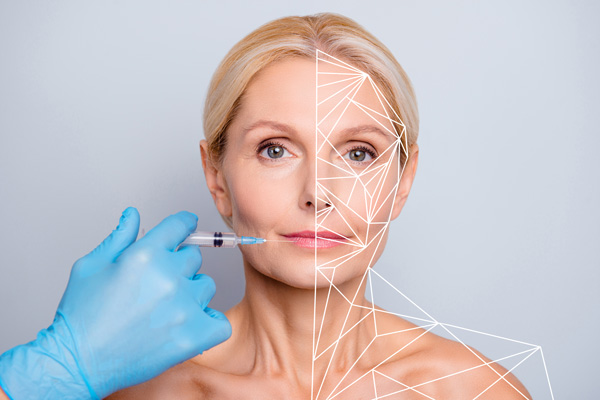Currently Empty: £0.00

mbakr
- November 21, 2025
- Comment 0
ABSTRACT
Thread lifting is a minimally invasive aesthetic technique used to reposition soft tissues, stimulate collagen production, and enhance facial contour. Modern threads are made of biodegradable materials such as PDO, PLLA, and PCL, each offering unique mechanical and biostimulatory properties. This educational module provides a comprehensive overview of thread lifting, including thread materials, mechanisms of action, anatomy, vector planning, insertion techniques, patient selection, and complication management. It serves as a foundational text for clinicians aiming to perform safe and effective thread lift procedures.
LEARNING OBJECTIVES
Upon completing this module, learners will be able to:
- Differentiate between PDO, PLLA, and PCL thread materials.
- Understand the mechanical and biological mechanisms behind thread lifting.
- Map vectors according to facial anatomy and aging patterns.
- Perform safe insertion techniques for various thread types.
- Identify ideal candidates and recognize contraindications.
- Prevent and manage complications such as asymmetry, thread extrusion, and infection.
- INTRODUCTION
Thread lifting has evolved significantly since its earliest iterations. Modern threads deliver two key benefits:
- Mechanical lifting
- Immediate repositioning of soft tissues
- Achieved through barbs, cogs, or molded cones
- Biostimulation
- Progressive collagen production
- Improved firmness and elasticity over 3–12 months
Thread lift procedures bridge the gap between non-invasive treatments and surgical facelifts, offering:
- Minimal downtime
- Immediate results
- Progressive improvement
- Natural soft-tissue elevation
Understanding anatomy, material behavior, and vector planning is essential for safe and effective outcomes.
- THREAD MATERIALS & CHARACTERISTICS
2.1 PDO (Polydioxanone)
- Fully absorbable
- Used for decades in surgical sutures
- Breakdown time: 6–8 months
- Collagen stimulation for 12 months
Benefits:
- Safe
- Versatile
- Suitable for beginners
Indications:
- Jawline
- Midface
- Eyebrow lift
- Neck
2.2 PLLA (Poly-L-Lactic Acid)
- Strong biostimulator
- Degradation: 18–24 months
- Longer-lasting lift
Benefits:
- Strong collagen response
- Ideal for mild skin laxity
Indications:
- Midface
- Lower face laxity
- Neck tightening
2.3 PCL (Polycaprolactone)
- Slowest degradation
- Breakdown: 24–30 months
- High biostimulatory effect
Benefits:
- Long-lasting
- Strong lifting
Ideal for:
- Structural support
- Advanced lifting cases
2.4 Thread Designs
- Mono Threads
- Smooth
- No lifting
- Pure collagen stimulation
Best for:
- Fine lines
- Skin tightening
- Neck, perioral region
- Screw / Twist Threads
- Coiled structure
- Restores volume
- Stimulates collagen
Used for:
- Deep wrinkles
- Mild midface volume loss
- Cog / Barbed Threads
- Hooks grip the tissue
- Provide mechanical lifting
- Most commonly used for lifting
Types:
- Uni-directional
- Bi-directional
- Molded barbs
- Cone-based systems
- MECHANISM OF ACTION
3.1 Mechanical Lifting
Barbs or cogs anchor into tissue, allowing:
- Repositioning of descended fat pads
- Elevation of jawline
- Lifting of midface
- Brow repositioning
3.2 Collagen Biostimulation
Threads trigger controlled inflammation that promotes:
- Neocollagenesis (Type I collagen)
- Elastin production
- Fibrosis around thread path
- Improved skin texture and firmness
3.3 Tissue Re-Draping
Threads redistribute soft tissue tension by anchoring into deeper planes.
- FACIAL ANATOMY RELEVANT TO THREAD LIFTING
Thread placement must respect fascial layers:
Superficial Layers
- Epidermis
- Dermis
- Subcutaneous fat
Deep Layers
- SMAS
- Ligaments (zygomatic, mandibular, masseteric)
- Deep fat compartments
Threads must be placed in the subcutaneous space above the SMAS to avoid nerve injury.
- PATIENT SELECTION & INDICATIONS
5.1 Ideal Candidates
- Mild to moderate skin laxity
- Early jowling
- Flattened midface
- Mild brow ptosis
- Good skin quality
- Age 30–55
- Patients seeking non-surgical alternatives
5.2 Contraindications
Absolute
- Active infection
- Autoimmune skin disorders
- Severe skin laxity
- Uncontrolled systemic disease
- Pregnancy or breastfeeding
Relative
- Thin skin (risk of visibility)
- Smoking
- Previous permanent fillers
- High facial asymmetry
- VECTOR PLANNING & TREATMENT AREAS
Thread lifting is based on anatomical vectors that reposition soft tissues along natural tension lines.
6.1 Midface Lift
Purpose:
- Elevate malar fat pad
- Improve nasolabial fold
- Restore cheek contour
Vectors:
- From nasolabial fold toward temporal region
6.2 Jawline Definition
Purpose:
- Reduce early jowling
- Sharpen mandibular angle
Vectors:
- From jawline upward toward ear or preauricular zone
6.3 Eyebrow Lift
Purpose:
- Subtle outer brow elevation
- Improve tired appearance
Vectors:
- Lateral brow toward hairline
6.4 Neck Lift
Purpose:
- Address lax neck skin
- Improve cervicomental angle
Vectors:
- Horizontal or oblique, depending on anatomy
6.5 Fox Eye / Cat Eye Technique
Advanced technique.
Requires precise anatomical knowledge.
- THREAD INSERTION TECHNIQUE
7.1 Pre-Treatment Protocol
- Sterile preparation
- Photography
- Anatomical marking
- Local anesthesia
- Identify safe entry points
- Stretch skin to control depth
7.2 Steps for Cog Thread Insertion
- Marking Vectors
Based on lifting direction and fat pad descent.
- Creating Entry Point
Small puncture with 18G needle.
- Cannula Insertion
Advance along planned vector:
- Subcutaneous plane
- Above SMAS
- Avoid deep penetration
- Positioning the Thread
Once cannula reaches endpoint:
- Withdraw cannula
- Leave thread in place
- Activation (Locking)
Gently pull thread tails to engage barbs.
- Cut Thread Tails
Trim flush with skin.
- Mold and Smooth
Massage gently to optimize contour.
- AFTERCARE GUIDELINES
First Week
- Avoid facial massage
- Sleep on back
- Avoid exaggerated expressions
- No high-impact exercise
- Avoid dental procedures
4 Weeks
- Avoid RF, ultrasound, or laser over thread area
- Avoid deep facial treatments
General Tips
- Mild swelling, soreness, and tightness are normal
- Full integration occurs between 4–8 weeks
- COMPLICATIONS & MANAGEMENT
9.1 Expected Minor Events
- Mild bruising
- Swelling
- Soreness
- Temporary asymmetry
- Tightness
Usually resolve within 7 days.
9.2 Thread Visibility or Palpability
Cause: superficial placement
Management:
- Massage
- If persistent → remove thread
9.3 Thread Migration / Displacement
Cause: excessive facial movement or incorrect plane
Management:
- Reposition or remove
- Allow tissue to settle
9.4 Dimpling / Skin Irregularity
Cause: tension on dermis
Management:
- Massage
- Release traction after 1–2 weeks if persistent
9.5 Infection
Cause: breach in sterile technique
Symptoms: redness, tenderness, discharge
Management:
- Oral antibiotics
- Remove thread if severe
9.6 Asymmetry
Cause: anatomical differences or tension imbalance
Management:
- Adjust tension
- Add supportive threads if needed
9.7 Nerve Injury
Extremely rare with proper technique.
Avoid deep planes.
Most resolve spontaneously.
- KEY LEARNING POINTS
- Thread lifting combines mechanical lift and collagen biostimulation.
- PDO, PLLA, and PCL have unique longevity and collagen-stimulating profiles.
- Success depends on precise vector planning and anatomical understanding.
- Safe injection planes (subcutaneous, above SMAS) prevent nerve injury.
- Complication prevention relies on conservative technique and sterility.
- Best outcomes are seen in patients with mild-to-moderate laxity.
- Combination therapies enhance durability and satisfaction.



